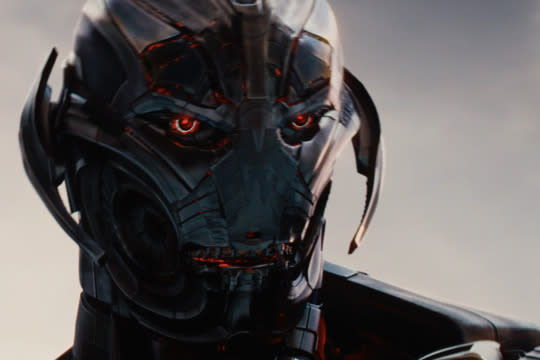Why Artificial Intelligence Can’t Take a Joke

Two neural networks walk into a bar…
Artificial intelligence is capable of some very sophisticated kinds of thinking. IBM’s Watson, for instance, can not only compete in game shows, it can also perform high-level medical analysis and even create gourmet recipes. Artificial neural networks — the brainlike core of cutting-edge A.I. systems — are making great strides in real-time translation and image recognition.
But one thing artificial intelligence can’t do is tell a joke.
In fact, despite decades of research, computers are nowhere close to being able to generate, or even recognize, humor. It’s pretty astonishing, really. Researchers haven’t just had limited success with teaching computers to be funny — they’ve had virtually no success at all.
That hasn’t stopped them from trying. A recent report over at MIT Technology Review details the latest attempt to introduce artificial intelligence to the elements of comedy. It appears that researchers at Virginia Tech have developed a complex A.I. system designed to discern between humorous clip-art cartoons and regular illustrations. In short, they’re trying to get A.I. to recognize funny pictures.
Inscrutable New Yorker cartoons aside, that’s something we humans can usually manage before pre-school even kicks in. But computers have a hell of a time wrapping their digital brains around the idea of humor.
Details on the Virginia Tech experiment are fascinating. To train the system to recognize humor, the team amassed a database of 6,400 images, half of which were intended to be humorous, half not. The A.I. system was then encouraged to create a database of the thing it’s trying to learn — in this case, what’s “funny.”
The study required the creation of a tortuous system of mathematical algorithms, crowdsourcing, image recognition, and complex machine learning. All to determine whether a simple clip-art image is funny. A typical quote from the study: “We observe that the model learns that, in general, animate objects like humans and animals are more likely sources of humor compared to inanimate objects.”
Hoo, boy.

Clearly, computers are a long way from bringing the funny. It’s actually a big problem in the field of artificial intelligence, and it has its own designation as a branch of study: computational humor. If we’re hoping to create social machines that truly communicate like people — digital assistants like Siri, or the emerging breed of companion robots — they’ll need to be able to take a joke, or at least recognize one.
But it’s a tough nut to crack.
Just think: Psychologists have struggled for decades to figure out how humor works — and that’s without the computation complications. Humor is not only famously subjective, it’s almost always dependent on several layers of context. Cultural context is just one obstacle: What’s funny in America isn’t necessarily funny in Japan. For that matter, what’s funny in Texas isn’t necessarily funny in New York City.
Parsing the even more subtle layers of situational context requires a whole different kind of number crunching. Then there’s the pesky matter of language itself, which is riddled with ambiguities and high-level cognitive maneuvers like irony or allegory.
Linguists and computer scientists have come at the problem from different angles over the years. Back in 2012, an entire national symposium was dedicated to computational humor, with presentation titles like “Detecting and Generating Ironic Comparisons: An Application of Creative Information Retrieval.” The University of Aberdeen in Scotland has sponsored several involved research projects on the issue over the years, including a truly frightening pun-generating robot.
Perhaps the single most successful computational humor project of recent years was a software system that knew when to drop “that’s what she said” into conversations. No joke.
It’s a rather underwhelming track record. In fact, a persuasive case can be made that humor is the ultimate Turing test for artificial intelligence. Computers can do a whole lot of things a whole lot better than humans can. But they sure aren’t funny.
It’s kind of comforting, somehow. When A.I. can come up with a good Hannibal Buress joke or write a decent 30 Rock script, that’s when we’ll know our species is in danger of being supplanted. Until then, why worry?
Glenn McDonald writes about the intersections of technology and culture at glenn-mcdonald.com and via Twitter @glennmcdonald1.
